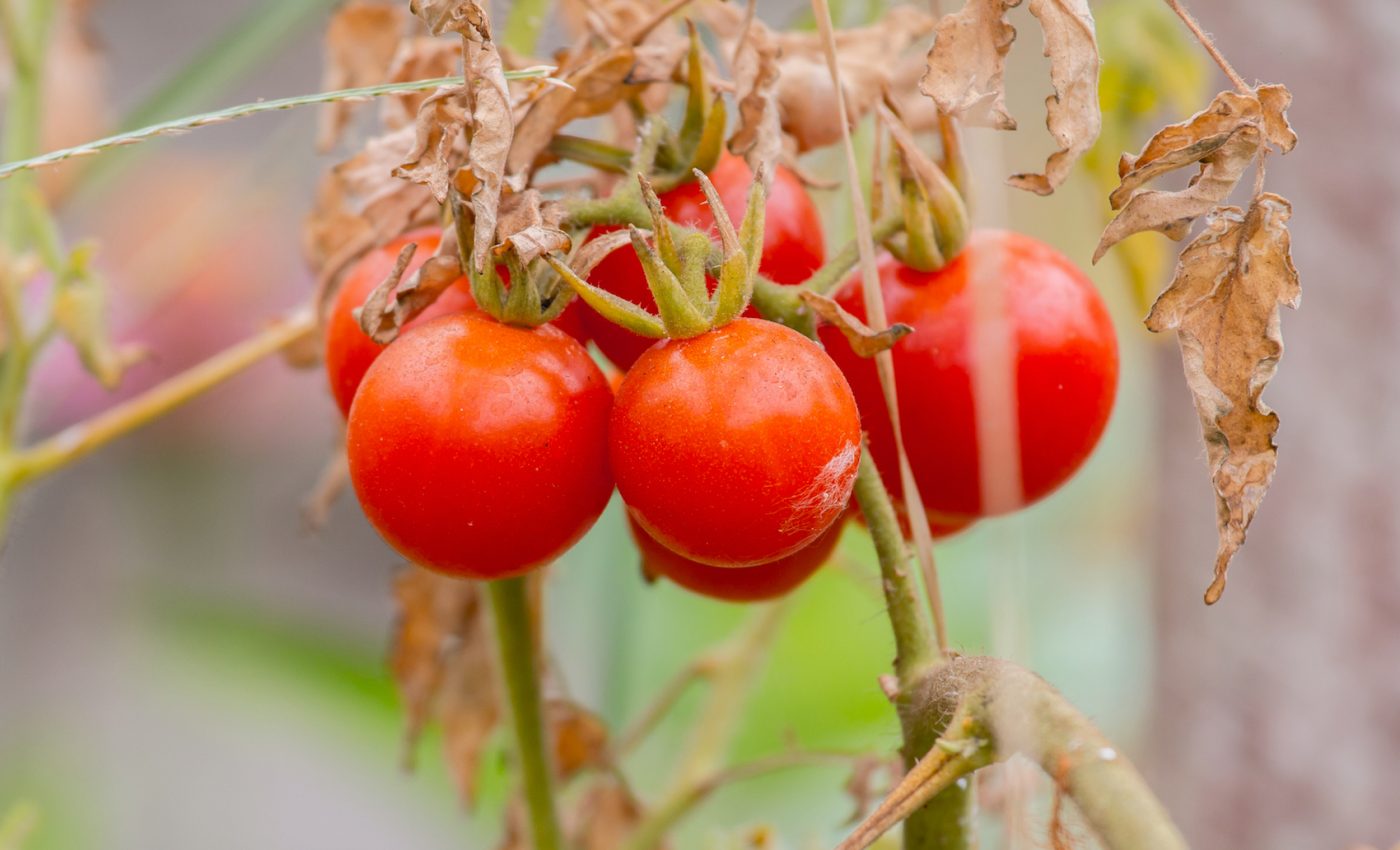
Tomatoes can be bred with insect-resistant genes instead of pesticides
Wild tomato plants produce a natural insect repellent that could be bred into garden varieties, creating insect-resistant tomatoes without the use of harmful pesticides.
Researchers from Michigan State University discovered that a wild variety of tomato, the Solanum pennellii plant native to the Atacama Desert in Peru, produces a sticky compound in the tips of the trichomes (hairs) of the plant.
The sticky substance on the hairs repels insects and likely evolved as a defense mechanism to ensure future reproduction.
In a new study published in the journal Science Advances, the researchers analyzed this enzyme compound and the genes responsible for its production.
“We identified a gene that exists in this wild plant, but not in cultivated tomatoes,” said Rob Last, a member of the research team. “The invertase-like enzyme creates insecticidal compounds not found in the garden-variety tomato. This defensive trait could be bred into modern plants.”
The reason garden tomatoes lack this natural insecticide is because it was weeded out by breeders who, to make tomatoes better for consumers, removed undesirable traits like stickiness through the years.
The researchers hope that by understanding how the repellent compound works, modern breeders could reintroduce the enzyme back into garden tomatoes and create natural insect-resistant plants.
“We want to make our current tomatoes adapt to stress like this wild tomato, but we can only do that by understanding the traits that make them resistant,” said Bryan Leong, a co-lead author of the study. “We are using evolution to teach us how to be better breeders and biologists. For example, how can we increase crop yield by creating a pest-resistant plant and eliminate the need to spray fields with insecticides?”
The researchers used CRISPR gene-editing to analyze the specific genes and pathways responsible for the compound. This lead to the discovery of an enzyme specifically located at the tips of the hairs which allows for the production of insect-repellant compounds.
“It is a race over evolutionary time between the consumed and the consumers,” said Leong. “Insects benefit by eating the plants. Yet, evolution favors plants that make more seeds and pass on their genes to another generation. We hope to take the defensive lessons plants already learned and apply them to existing crops.”
—
By Kay Vandette, Earth.com Staff Writer













